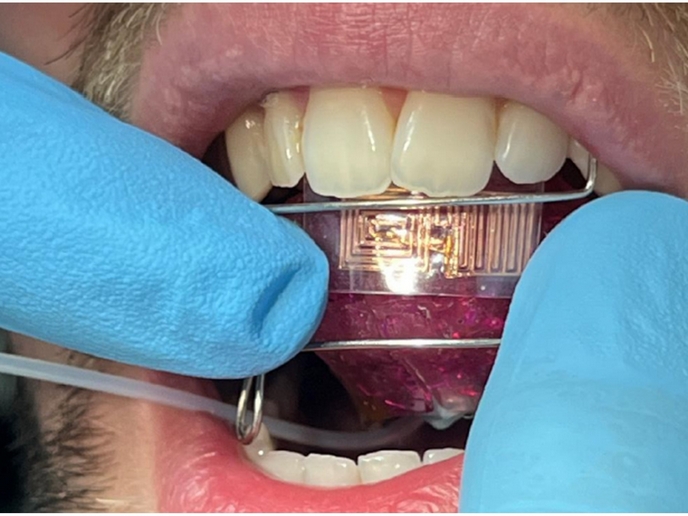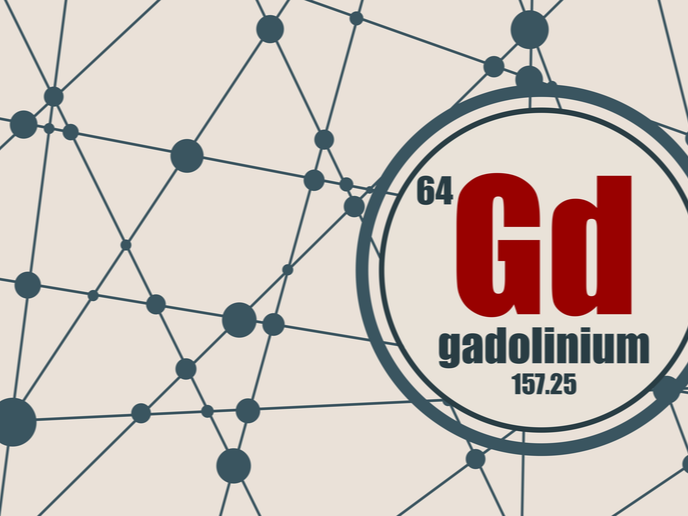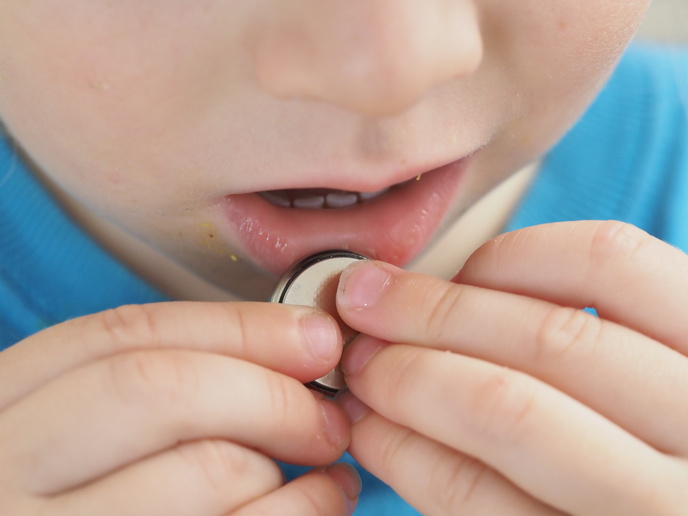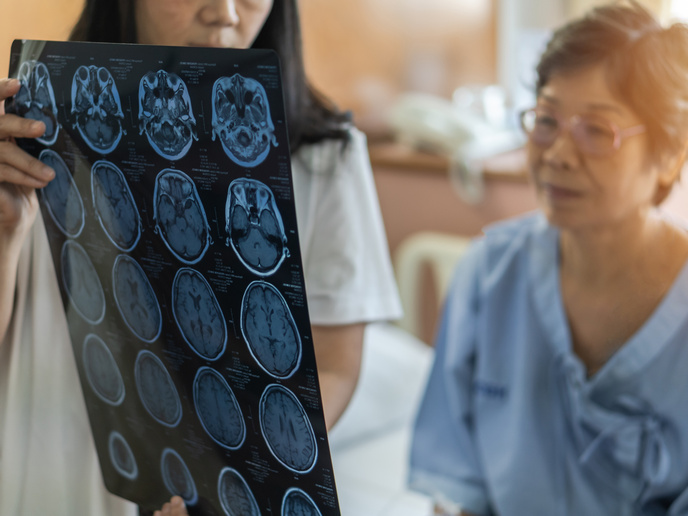Saliva-based theranostics for oral diseases
Oral hygiene is fundamental to overall health: saliva, known as the ‘mirror of the body’, plays a critical role in health monitoring. Saliva is a rich source of biomarkers, including proteins, enzymes, hormones, electrolytes and microbial content. It also contains antibodies and genetic material, enabling the detection of infections, immune responses and metabolic disorders. With its easy and painless sample collection, saliva-based diagnostics offers a promising alternative to blood tests for personalised medicine and early disease detection.
Global expertise for non-invasive health monitoring
Undertaken with the support of the Marie Skłodowska-Curie Actions(opens in new window) programme, the SALSETH(opens in new window) project aimed to revolutionise saliva-based diagnostics through cutting-edge biosensor technology and microfluidic devices. “By integrating expertise from different fields, we wanted to create next-generation, user-friendly theranostic tools that can be used anywhere, from dental clinics to patients’ homes,” explains Goran Stojanović, project coordinator and professor at the University of Novi Sad, Serbia.
Breakthrough technologies
One of the SALSETH’s key innovations is the development of biosensors made from edible materials(opens in new window) like olive oil, bananas and mushrooms, to detect critical biomarkers in saliva. These sensors allow for real-time monitoring of crucial indicators of oral and systemic health such as pH, oxygen and carbon dioxide levels. To monitor temperature and humidity inside the mouth, the research team created an oral micro-electronic platform(opens in new window) that integrates automated electrical systems with microfluidics. This system offers a more precise and real-time alternative to traditional oral diagnostic methods. In addition, they developed thread-embedded microfluidic devices(opens in new window) for sweat biosensing. Unlike conventional sweat sensors that often struggle with sample contamination and evaporation, this new technology ensures efficient and continuous monitoring. The project boasts a major advancement in the form of a novel microfluidic compact disc(opens in new window) that enables the electrochemical analysis of artificial and real salivary samples mixed with mouthwashes. “Using electrical impedance analysis, this device provides deeper insights into salivary composition through changes in electrical activity. This is an area where conventional methods often require complex lab-based processes,” explains Stojanović.
Bridging innovation and clinical application
SALSETH technologies mark a significant step forward and the research team prioritises their clinical implementation. The generated innovations hold great potential for personalised treatment, as they have been tailor-made using mouthguards and jaw moulds. Nonetheless, extensive human trials are necessary to validate their long-term reliability and efficacy. Another focus for SALSETH is intraoral drug and essential oil delivery systems. Using microfluidics, SALSETH researchers successfully miniaturised devices that release therapeutic agents such as chamomile, mint and oregano essential oils directly into the oral cavity. This advancement paves the way for more effective localised treatments in oral healthcare and could transform therapeutic interventions towards more efficient oral and systemic health management. The goal of SALSETH has always been to create affordable, non-invasive technologies that can be used in remote and resource-limited settings, benefiting populations with limited healthcare access. Stojanović stresses: “It is not just about technology; it’s about transforming healthcare and raising awareness about the benefits of these non-invasive diagnostics among healthcare professionals and patients.”







